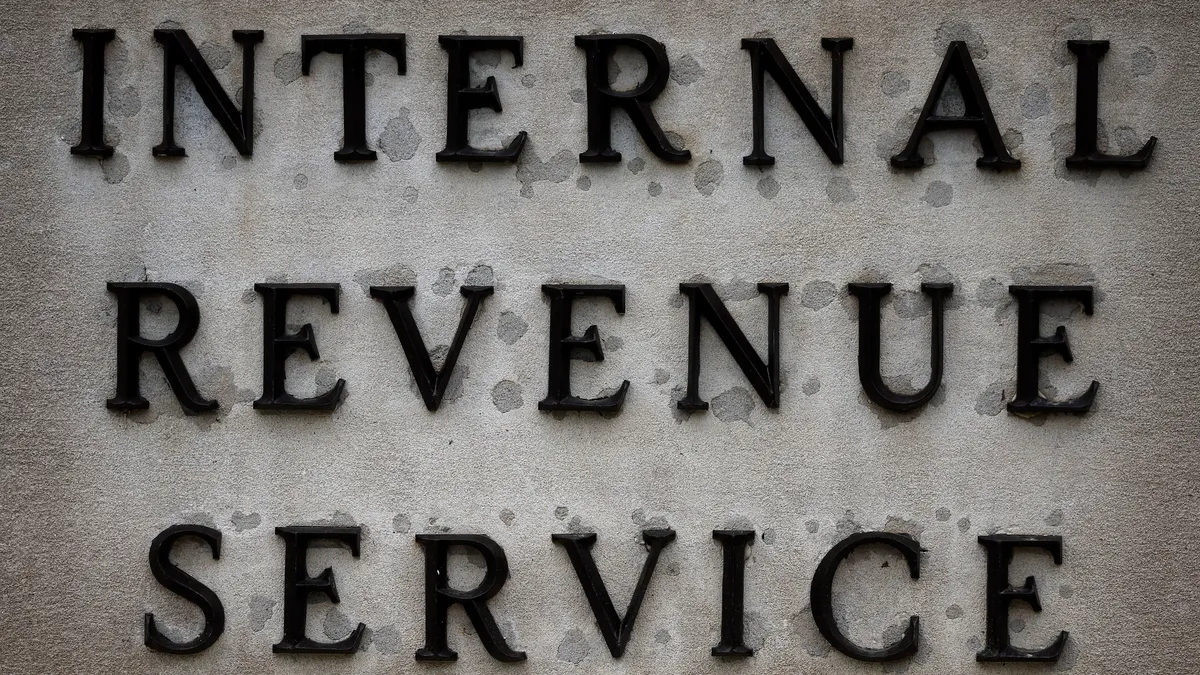Three years after entering into a partnership with automation software firm UiPath, the Internal Revenue Service has saved 30,000 hours of labor using robotic process automation tools, CFO Teresa Hunter said Tuesday.
Speaking on a panel at UiPath’s annual customer conference in Las Vegas, Hunter shared some insights into the progress the IRS has made as it looks to digitize largely paper-oriented manual processes.
“A key aspect is having that dedicated resource to help modernize your organization,” Hunter said, noting that companies need to find opportunities to automate and reduce manual tasks that constitute “pain points” for employees.
UiPath and the IRS announced their partnership in 2022 as part of an effort by the federal service to improve the efficiency of its finance and procurement functions, though implementation began in 2021.
The agency’s CFO office planned to use bots to format financial data and deploy additional automation to consolidate information from multiple data sources, extract data from documents and retrieve data related to property and equipment vouchers, according to a press release at the time.
The IRS’s automation efforts were made possible through a partnership between its own CFO office and IT departments. The CFO office is leading efforts from the ground up, Hunter said, with 60 citizen developer licenses and 16 automations — seven of which were developed by federal employees. Citizen developer licenses refer to software licenses that allow staff to create applications using low-code or no-code tools.
According to Hunter, there has been “a cultural shift where the IT [team] has been more focused on enablement for the business, not the decision maker.” The IRS’ emphasis on business unit-led technology efforts follows a broader trend around “citizen development,” in which employees who aren't technologists lead some tech modernization efforts, CIO Dive reported in May.
RPA bots manage tasks previously performed by humans, including moving files and folders, extracting, copying, and inserting data, filling in forms, and completing routine analyses and reports. UiPath this week announced a focus on “agentic” automation, which combines the capabilities of robots and AI agents to extend the scope and impact of automation efforts.
At the IRS, the shift toward RPA began in 2020, according to a 2022 report from ExecutiveGov. The agency used RPA to complete 1,500 contract modifications in 72 hours, a process the IRS’s procurement office estimated would take a year using traditional methods, the report said. IRS staffers found that RPA bots reduced errors and burdens on employees.
Beyond these efforts, the IRS is engaged in a wide-ranging effort to use technology to realize efficiencies across the organization, with $80 billion earmarked for the agency from the Inflation Reduction Act being partly aimed at driving digital transformation, Hunter said.
Meanwhile, the agency is aiming to use new enforcement funds to collect $561 billion more in revenue than previously estimated by upgrading technology, CFO Dive reported in February.
During the panel Tuesday, Rangam Subramanian, senior executive director and officer at the IRS’ IT division, also suggested two enablers for building internal buy-in and successful implementation of tech modernization efforts: the choice of a platform and an iterative approach through pilots that are rolled out quickly.
“Speed is very important. You can have a platform and take two years to demonstrate a pilot. By that time so many things are happening in the organization that you are not even in control of,” he said. “The moment you deliver a pilot and [have a] quick win…we can convince the customer of the power of the platform.”
The agency is currently running AI pilot projects, he said, without elaborating further.












